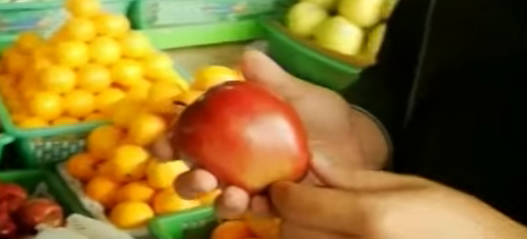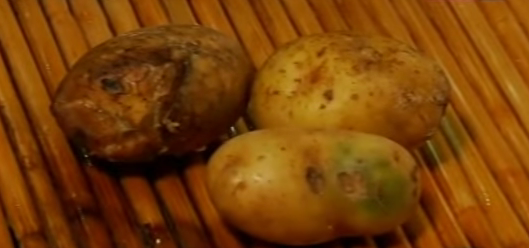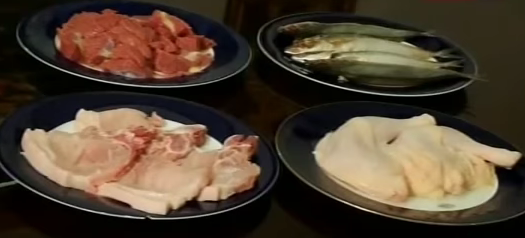Filtered By: Newstv
NewsTV
Palengke Master: Shop like a pro in wet markets

Accidentally eating spoiled fruits or expired meat is bad for your family's health and budget. Food consultant and Chef Marlon Asuncion shared some shopping tips and tricks that will ensure that you only buy clean and fresh market produce.
Make sure to remember these the next time you go shopping in the wet market or palengke!
Shop before 7 AM. New produce are usually delivered to the market before 6 in the morning. Shopping early will ensure that you'll buy the newest and freshest stocks available. However, prices go down at the end of the day so if you want to save money, you can shop before the market stalls close.
Buy fruits and vegetables first. Unlike fish and meat, fruits and vegetables can go longer without refrigeration. Buying them before anything else will help you avoid spoiling your meat before you get home.
All about the peel. According to Chef Marlon, thin-skinned fruits like apples should be shiny and free of wormholes. To check if thick-skinned fruits like mangosteen and santol are overripe, press its surface lightly. If you notice that a part is soft, don't buy it. Softness indicates that a fruit is starting to spoil.
Use your nose. There are times when a fruit looks good from the outside but is actually rotten inside. Using your sense of smell could help you know if this is the case. An unpleasant or sour smell is a sign that a fruit is overripe. A sweet scent means that it is in its best condition.
This also applies to meat. Fish, beef, pork, and chicken should be odorless. A rancid smell, no matter how faint, is a sign of staleness.


Looks matter. You can tell if a vegetable is fresh by looking at its appearance. Avoid buying green leafy veggies with discolored and sagging leaves. Chef Marlon added that vegetables with crisp leaves are still in a good state. This principle is also applicable with root crops. For instance, a potato with sprouts and green or dark patches indicates the presence of toxins and may not be fresh anymore.

Choose root crops with tops or leaf bases. This is a sign that the vegetable is newly harvested. Carrots, for example, are more fresh if they still have carrot tops. A number of vegetable tops are also edible so buying veggies that still have theirs will give you more value for your money.
All in the eyes. The most obvious sign that a fish is still fresh is by the way its eyes look. The more recent a fish is caught, the clearer its eyes appear. Another indicator of a fish's freshness is if its body is still slippery. Do not also forget to check its gills. "Dapat pulang-pula 'yung hasang niya," Chef Marlon advised.
Watch out for excess fluids. Some vendors sell fish that is already wrapped in plastic, while others are filleted. If this is the case, examine the package to see if it has water inside. This is the first sign that the fish is about to get stale.

Colors are important when buying meat. Like fruits and vegetables, the colors of beef and pork change as they get older. Fresh beef is reddish while fresh pork is slightly pink. Fresh chicken should have a healthy cream color. A darker shade means that the meat has been around for a while. Discoloration is a clear indicator of decay. It could also be a sign that the animals where the meat came from was not taken care of properly.
Touch and feel. Whether you're buying fish, beef, pork or chicken, it is important to check if the texture of the meat is firm. "Kapag hinawakan mo, firm pa 'yung laman niya, hindi nagkakalas-kalas," Chef Marlon said. Poke the meat with your finger and check if your touch leaves a mark. If it does, start looking for another piece to buy.
"Good News" airs every Monday, 8:00 PM on GMA News TV. For more information, follow the show on Facebook and Twitter. — Lara Gonzales/ARP, BMS Tags: webexclusive
More Videos
Most Popular




